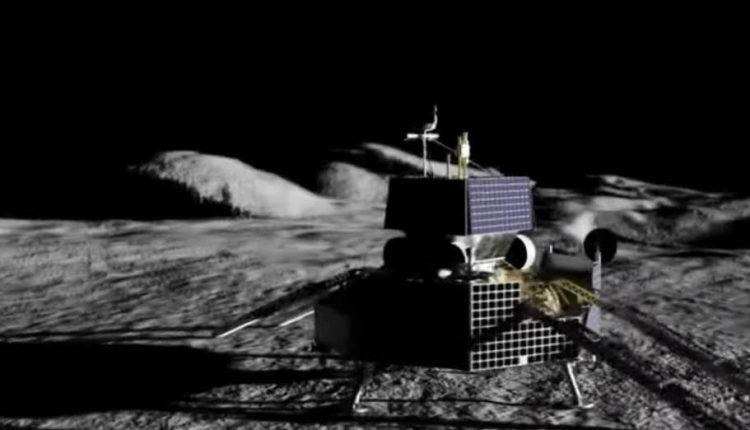
Australia’s foray into lunar exploration took a significant leap forward with the unveiling of the country’s first lunar rover, affectionately named “Roo-ver.” This semi-autonomous rover is poised to play a crucial role in advancing scientific understanding and paving the way for sustainable human presence on the moon.
In a collaborative effort between the Australian Space Agency and NASA’s Artemis lunar program, Roo-ver is slated to launch as early as 2026.
Leap into Lunar Discovery
What is its primary mission? To collect samples of lunar regolith, the dusty soil covering the moon’s surface, which NASA aims to utilize for extracting oxygen—a vital resource for supporting future lunar and Mars missions. The journey of Roo-ver began with a nationwide naming competition, which saw “Roo-ver” emerge victorious from over 8,000 entries.
This playful moniker, inspired by the iconic kangaroo, encapsulates Australia’s spirit of innovation and adventure. With its name secured, attention turned to the rover’s design, particularly its Regolith Sample Acquisition Device, tasked with gathering and transporting lunar regolith samples.
Enter the “ELO2 Big Dipper Lunar Regolith Acquisition Challenge,” hosted by Freelancer.com in collaboration with the ELO2 space consortium.
This challenge beckoned innovators nationwide to propose design concepts for Roo-ver’s essential equipment. Phase 1 of the challenge yielded promising results, with winners showcasing diverse and innovative approaches to regolith collection.
Read more: Florida City Settles Lawsuit With Man Wrongly Imprisoned For 1983 Murder
Australia’s Beacon of Lunar Exploration

Joseph Kenrick, ELO2’s technical director, expressed enthusiasm for the wealth of submissions received, highlighting the valuable insights garnered from the competition. Phase 2 of the challenge is now underway, inviting further contributions from Australian residents and citizens to refine the rover’s design.
The Phase 1 winners, distinguished for their creative ingenuity, received accolades and financial rewards, setting the stage for continued collaboration in Phase 2. Trisha Epp, program manager at Freelancer.com, lauded the winners’ contributions, emphasizing the power of open innovation in addressing complex challenges.
As Roo-ver gears up for its lunar expedition, designers participating in Phase 2 must consider the harsh lunar environment, the unique properties of regolith, and the rover’s operational efficiency. With a weight of approximately 44 pounds (20 kilograms), Roo-ver is poised to navigate the lunar terrain near the south pole, conducting scientific exploration over a 14-day period.
The deadline for Phase 2 submissions is fast approaching, offering participants the opportunity to shape the future of lunar exploration and contribute to Australia’s historic venture into space. With a prize pool of $3,000 up for grabs, the stakes are high, but the potential for groundbreaking innovation is even higher.
As the countdown to launch continues, Roo-ver stands as a testament to Australia’s commitment to pushing the boundaries of scientific discovery and charting new frontiers in space exploration. With each design iteration and technological advancement, Roo-ver brings humanity one step closer to unlocking the mysteries of the moon and beyond.
Read more: CDC Weighs New Spring COVID-19 Booster

